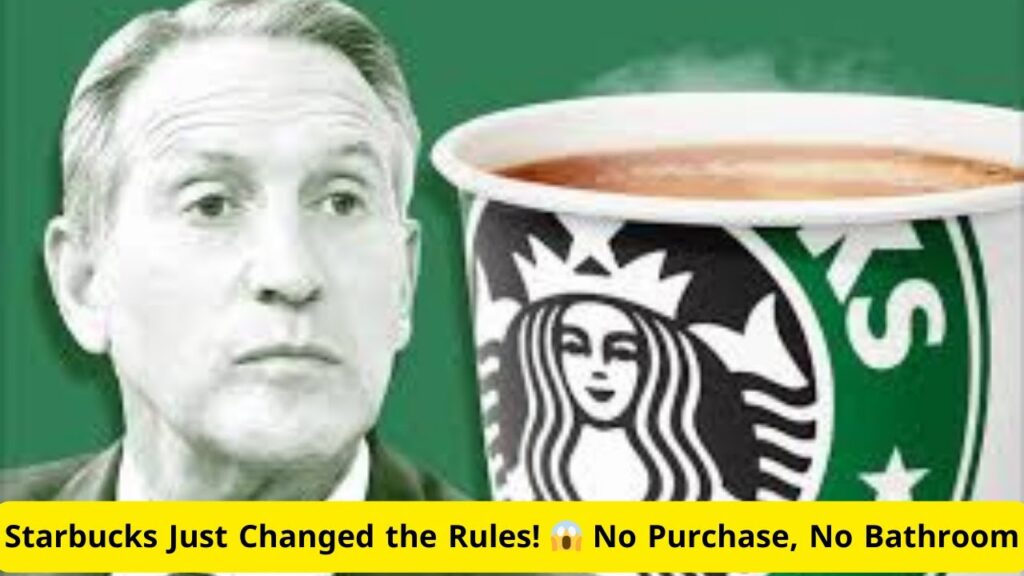 Would you like fries with that?
Would you like fries with that?
Well — no, I just ordered the salad with no-fat dressing and a Diet Coke.
Still, they have to ask. Restaurants and businesses of all stripes add to the bottom line with simple questions like that. To us as consumers these queries are sometimes useful (Great, I never thought of that! Let me have that too!), sometimes annoying (like the McDonald’s example above) and sometimes just outrageous (You greedy, conniving thieves, what are you trying to sell me?).
Businesses need to understand when they are crossing the line from annoying to outrageous.Selling up in an honest, transparent way should benefit both buyer and seller, but when the greed factor starts to exceed real customer need by excessive margins, it will only serve to undermine trust and erode the relationship.
My recent trip to Best Buy for a new television provides a spot on example of misguided upselling.
Armed with my Consumer Report printouts, knowing the size and type I wanted, set on a budget range and ready to buy on the spot, I strode purposefully up to the TV section of the store seeking assistance.
The sales guy was friendly and helpful, and we narrowed it down to the one that was right for me fairly quickly and painlessly.But before he started writing up the order, I asked him to clarify the “extras” such as set up and delivery. It went downhill fast from there.
I understood that there would be an additional charge for set up, so I had called the “Geek Squad” in advance to determine the cost. After going over the specifics – hook up to a surround sound home theater system, reprogram my universal remote, etc., they quoted me a firm price of $175. Fair enough.
The salesperson said that was wrong, that it would cost me $300. Plus, $100 for delivery. But that wasn’t the bad part.
The TV would not work properly, the salesman insisted, unless it was “calibrated” for optimum color.He brought me over to two identical 50-inch televisions, both hooked up to a video camera where we could see ourselves. One was calibrated, one was not. Guess which one looked better?
The cost? Just another $300. So now the price of my $1,000 set is up to $1,700, a nifty increase of 70%, before tax.
I got on the phone to two other retailers to ask about calibration. Both told me it was unnecessary, and if it were to be done, it was a very complex process that would take far longer than an hour and cost much more than $300 to really make a difference.
I’m not one to argue with the great success of Best Buy. I would think that their research and their sales data tell them that for every customer that walks away angry, many more will simply shake off the calibration issue and just buy the TV out of the box.And some will actually take the bait and go for the $300 calibration.
But it’s still wrong, both for Best Buy in the long term and their customers in the short term.In a marketing and media world increasingly influenced by the transparency of social media, it will catch up with them sooner rather than later.



